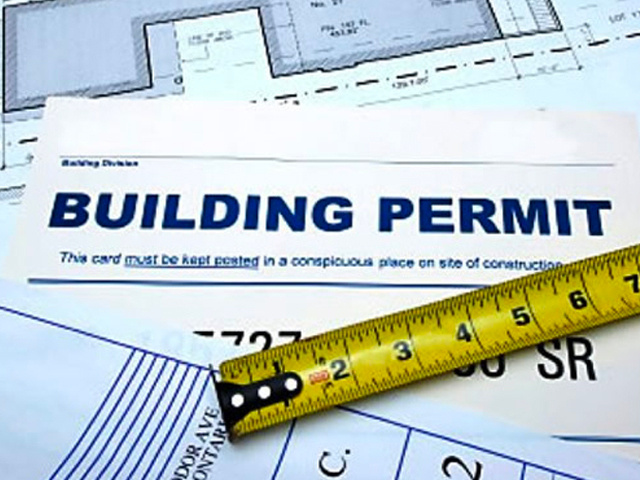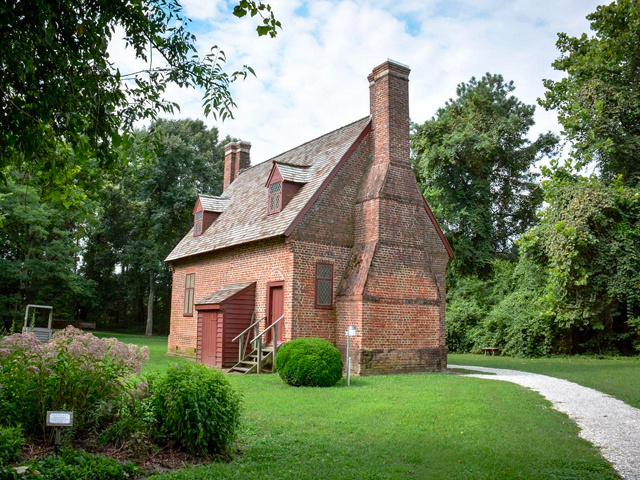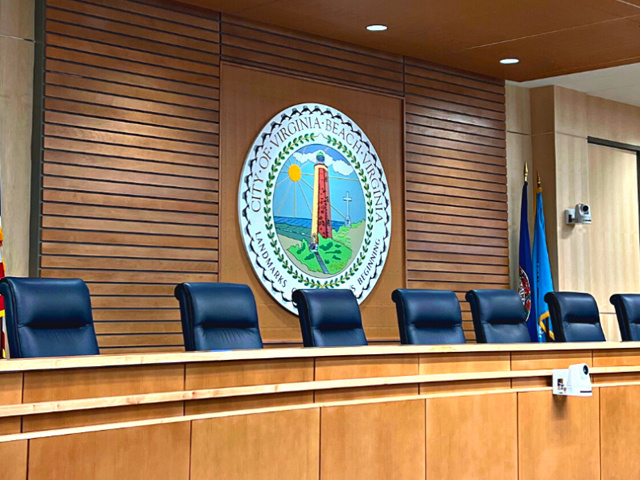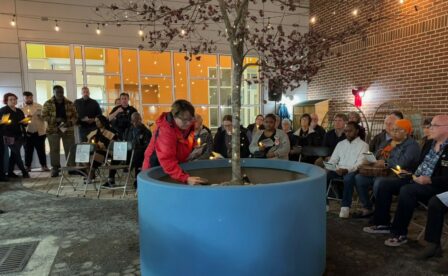Be In The Know
Creating Safer Streets Through Neighborhood Traffic Calming

There is strong evidence that traffic calming measures reduce traffic speed and crashes in neighborhoods. Virginia Beach Public Work’s Traffic Calming Program (TCP) is intended to achieve slower motor vehicle speeds and is designed to improve the quality of life and safety on our residential streets.
Traffic calming is defined as the combination of nonphysical and physical measures that reduce the negative effects of motor vehicle use, alter driver behavior and improve conditions for nonmotorized street users. In Virginia Beach, the TCP is restricted to two-lane local residential streets with posted speed limits of 25 mph, and a minimum of 12 dwellings fronting the street per 1,000 feet of roadway. The street must have daily traffic of at least 600 vehicles per day but no more than 5,000 and the average speed of motorists must be at least 29 mph (or the 85th percentile speed at least 33 mph). Traffic Engineering will determine if the street is eligible.
The City’s TCP is implemented in phases. Neighborhoods could complete up to four phases of the program, depending on traffic volume and speed. The phases must be completed sequentially.
- Phase I - Communication & Education: To start the implementation of traffic calming strategies, the neighborhood association or civic league contacts Traffic Engineering to perform an initial evaluation on a street perceived to have the highest traffic and speeders. This initial study is used to document the speeding problem, establish the controls, and determine benchmarks to measure program effectiveness.
- Phase II – Selective Police Enforcement:Traffic Engineering performs a 48-hour speed study on the selected street to see if it qualifies, and along with the Police Department, schedules enforcement on the designated street during the highest violation periods. Enforcement will be conducted weekly for 12 or more weeks. Afterward, a traffic study is performed to determine if program compliance is achieved.
- Phase III – An Additional $200 Fine (By Petition): If a street remains in noncompliance after one year of selective enforcement, 75% of the directly affected property owners must sign a petition agreeing to an additional $200 fine for speeding. Once the petition has been submitted and verified, Traffic Engineering will conduct studies to select the streets that will be covered. Signs will be posted to indicate the street to be included in Phase III. Police enforcement will be scheduled, after which another traffic study will be performed to determine if program compliance has been achieved.
- Phase IV – Physical Devices and Traffic Control Restrictions (By Petition): To move to this phase, a street must be in Phase III for at least a year with continued noncompliance. Traffic Engineering requires another signed petition supporting physical solutions to be installed on the designated street if it remains non-compliant. After submission and verification of the petition, Traffic Engineering designs and schedules installation of devices such as speed tables, which occurs only if the property owners are within 100 feet and Police, Fire, EMS departments and sometimes schools approve the installation.
Are you concerned about speeding in your neighborhood and looking to help create safer streets? Contact Traffic Engineering at (757) 385-4131 to see if your residential streets qualify. For more information about this program, watch the presentation from the Virginia Beach City Council meeting on Tuesday, July 11.
The City of Virginia Beach Public Works Department is pleased to make available to you information about our local government services and activities. To learn more, visit https://pw.virginiabeach.gov.
Contact Information
Keep Reading
See All Posts-
Calendar News Blog Hot Topics Multimedia Social Media Mobile Apps











